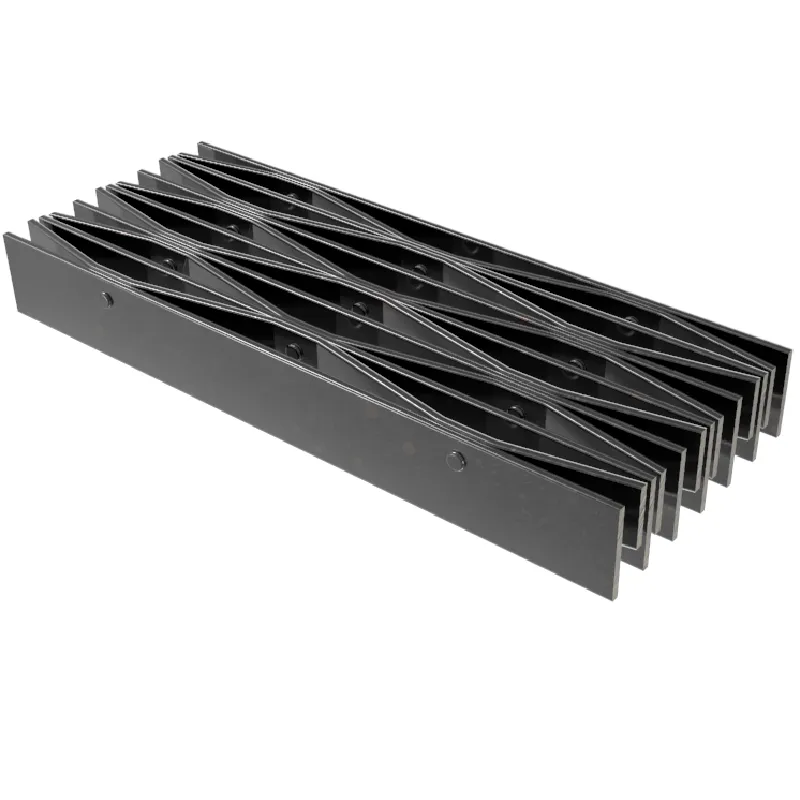- Industrial zone, South of Anping Town, Hengshui, Hebei, China.
- sales@hfpetromesh.com
- +86-18931809706
 Afrikaans
Afrikaans  Albanian
Albanian  Amharic
Amharic  Arabic
Arabic  Armenian
Armenian  Azerbaijani
Azerbaijani  Basque
Basque  Belarusian
Belarusian  Bengali
Bengali  Bosnian
Bosnian  Bulgarian
Bulgarian  Catalan
Catalan  Cebuano
Cebuano  Corsican
Corsican  Croatian
Croatian  Czech
Czech  Danish
Danish  Dutch
Dutch  English
English  Esperanto
Esperanto  Estonian
Estonian  Finnish
Finnish  French
French  Frisian
Frisian  Galician
Galician  Georgian
Georgian  German
German  Greek
Greek  Gujarati
Gujarati  Haitian Creole
Haitian Creole  hausa
hausa  hawaiian
hawaiian  Hebrew
Hebrew  Hindi
Hindi  Miao
Miao  Hungarian
Hungarian  Icelandic
Icelandic  igbo
igbo  Indonesian
Indonesian  irish
irish  Italian
Italian  Japanese
Japanese  Javanese
Javanese  Kannada
Kannada  kazakh
kazakh  Khmer
Khmer  Rwandese
Rwandese  Korean
Korean  Kurdish
Kurdish  Kyrgyz
Kyrgyz  Lao
Lao  Latin
Latin  Latvian
Latvian  Lithuanian
Lithuanian  Luxembourgish
Luxembourgish  Macedonian
Macedonian  Malgashi
Malgashi  Malay
Malay  Malayalam
Malayalam  Maltese
Maltese  Maori
Maori  Marathi
Marathi  Mongolian
Mongolian  Myanmar
Myanmar  Nepali
Nepali  Norwegian
Norwegian  Norwegian
Norwegian  Occitan
Occitan  Pashto
Pashto  Persian
Persian  Polish
Polish  Portuguese
Portuguese  Punjabi
Punjabi  Romanian
Romanian  Russian
Russian  Samoan
Samoan  Scottish Gaelic
Scottish Gaelic  Serbian
Serbian  Sesotho
Sesotho  Shona
Shona  Sindhi
Sindhi  Sinhala
Sinhala  Slovak
Slovak  Slovenian
Slovenian  Somali
Somali  Spanish
Spanish  Sundanese
Sundanese  Swahili
Swahili  Swedish
Swedish  Tagalog
Tagalog  Tajik
Tajik  Tamil
Tamil  Tatar
Tatar  Telugu
Telugu  Thai
Thai  Turkish
Turkish  Turkmen
Turkmen  Ukrainian
Ukrainian  Urdu
Urdu  Uighur
Uighur  Uzbek
Uzbek  Vietnamese
Vietnamese  Welsh
Welsh  Bantu
Bantu  Yiddish
Yiddish  Yoruba
Yoruba  Zulu
Zulu
- Afrikaans
- Albanian
- Amharic
- Arabic
- Armenian
- Azerbaijani
- Basque
- Belarusian
- Bengali
- Bosnian
- Bulgarian
- Catalan
- Cebuano
- Corsican
- Croatian
- Czech
- Danish
- Dutch
- English
- Esperanto
- Estonian
- Finnish
- French
- Frisian
- Galician
- Georgian
- German
- Greek
- Gujarati
- Haitian Creole
- hausa
- hawaiian
- Hebrew
- Hindi
- Miao
- Hungarian
- Icelandic
- igbo
- Indonesian
- irish
- Italian
- Japanese
- Javanese
- Kannada
- kazakh
- Khmer
- Rwandese
- Korean
- Kurdish
- Kyrgyz
- Lao
- Latin
- Latvian
- Lithuanian
- Luxembourgish
- Macedonian
- Malgashi
- Malay
- Malayalam
- Maltese
- Maori
- Marathi
- Mongolian
- Myanmar
- Nepali
- Norwegian
- Norwegian
- Occitan
- Pashto
- Persian
- Polish
- Portuguese
- Punjabi
- Romanian
- Russian
- Samoan
- Scottish Gaelic
- Serbian
- Sesotho
- Shona
- Sindhi
- Sinhala
- Slovak
- Slovenian
- Somali
- Spanish
- Sundanese
- Swahili
- Swedish
- Tagalog
- Tajik
- Tamil
- Tatar
- Telugu
- Thai
- Turkish
- Turkmen
- Ukrainian
- Urdu
- Uighur
- Uzbek
- Vietnamese
- Welsh
- Bantu
- Yiddish
- Yoruba
- Zulu
non serrated grating
Understanding Non-Serrated Gratings A Comprehensive Overview
Non-serrated gratings, often overlooked in the broader context of optical components, play a significant role in various scientific and engineering applications. Unlike their serrated counterparts, which feature numerous fine grooves or teeth, non-serrated gratings maintain a smooth surface, offering unique advantages in certain settings. This article delves into the characteristics, applications, and benefits of non-serrated gratings, enhancing our understanding of their significance in optical technologies.
What Are Non-Serrated Gratings?
Non-serrated gratings are optical devices composed of a flat, smooth surface designed to manipulate light. Unlike traditional diffraction gratings that have physical disruptions, such as grooves or serrations, non-serrated gratings generally rely on micro-structured patterns, surface treatments, or coatings to achieve desired optical properties. This smooth configuration allows for efficient light transmission with minimized scattering and distortion, making them particularly suitable for specific applications where clarity and precision are paramount.
Advantages of Non-Serrated Gratings
1. Reduced Light Scattering The absence of serrations contributes to lower light scattering, making non-serrated gratings particularly effective in environments where high-quality light transmission is essential. This feature is crucial in applications such as laser systems and high-resolution imaging.
2. Enhanced Durability Non-serrated gratings tend to have a more robust design, as their smoother surfaces reduce the risk of damage and degradation over time. This durability is especially beneficial in harsh environments where traditional gratings might wear down more quickly.
non serrated grating

3. Broader Wavelength Range These gratings can be engineered to work efficiently across a wider range of wavelengths, making them versatile tools in fields such as spectroscopy and telecommunications.
4. Simplified Fabrication The manufacturing process for non-serrated gratings can often be less complex than that for serrated types. Advances in materials science and fabrication techniques, such as photolithography and laser etching, enable the creation of intricate designs without the need for physical serrations.
Applications of Non-Serrated Gratings
Non-serrated gratings find numerous applications across various sectors. In the field of telecommunications, for instance, they are used in waveguide structures to manage optical signals efficiently, ensuring high bandwidth and reduced signal loss. In scientific research, these gratings assist in spectroscopy, where precise light manipulation is vital for analyzing material properties.
Additionally, they are relevant in optical sensors, which rely on accurate light interaction to provide reliable measurements. Non-serrated gratings offer enhanced performance in sensor technologies, allowing for the detection of minute changes in optical signals, thereby improving the sensitivity and specificity of the sensors.
Conclusion
In conclusion, non-serrated gratings represent a critical component in the realm of optical technologies. Their unique characteristics, such as reduced light scattering, enhanced durability, and broader wavelength handling, make them invaluable in a variety of applications, from telecommunications to scientific research. As technology continues to advance, the development of non-serrated gratings is likely to evolve further, unlocking new possibilities in optical design and deployment. Understanding these gratings not only enriches our grasp of optical systems but also emphasizes the importance of innovation in fabricating advanced, efficient, and versatile optical components.
-
Welded Steel Grating: The Strong Foundation for Industrial SafetyNewsJul.16,2025
-
Strong and Safe: Swaged Grating SolutionsNewsJul.16,2025
-
Smart Choice For Industrial Safety MeshNewsJul.16,2025
-
Press-Locked Steel Grating: The Ultimate in Strength and SafetyNewsJul.16,2025
-
Keep Worksites Safer With Practical NettingNewsJul.16,2025
-
Helideck Safety Nets: Your First Line of DefenseNewsJul.16,2025